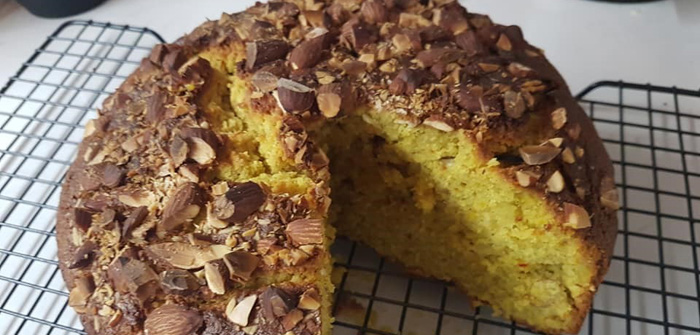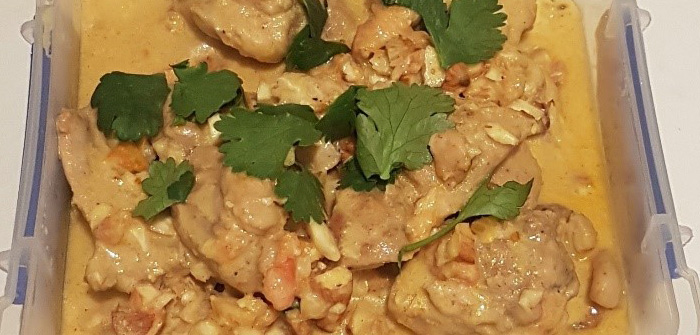The Art of Parsi Cooking originally appealed to me because a close friend of mine is Persian, and I assumed ‘Parsi’ (like the Persian language, ‘Farsi’) cuisine was equivalent to the mouth-watering fare I enjoy whenever I eat at her place. While the term ‘Parsi’ does mean ‘Persian’, the author is quick to explain that the Parsi community is actually a Persian diaspora living in India for generations. As a result, the recipes that fill the book are a tantalising blend of Persian and Indian flavours.
Mavalvala’s love for her culture and family are evident throughout, and the book begins with a lengthy dedication to her parents and a history of her favourite cuisine. Each recipe is annotated with references to its cultural and familial context, and several recipes are identified as Mavalvala’s own mother’s, or passed down by her mother-in-law.
The Art of Parsi Cooking is not the most visually appealing of cookbooks, and some of the information could have been better presented. However, the three recipes I tried worked perfectly and were absolutely delicious! Some improvements could be made to the eBook to make it more searchable and user-friendly – for example, a simple word search tended to yield confusing results due to the way the PDF had been created, and the one-page photos made for excessive scrolling that could have been avoided should they have directly accompanied the text.
Overall, I was glad I tried it and would recommend it to anyone else seeking to expand their cooking repertoire.
Chicken Badami (Chicken, Almond and Yoghurt Curry), page 68
The first recipe I attempted was Chicken Badami, a korma-style chicken curry. Our household can’t handle too much chilli so I cut this down considerably, which still worked fine. I also misread the ingredients list and ended up with a bag of almonds rather than the ‘ground almonds’ specified. Grinding one’s own almonds does not quite yield the desired texture, that’s for sure, but the result was still delectable. The only other ingredient that gave me pause was the required skinless chicken pieces with the bone in. Anyone who has attempted to purchase cuts of chicken that are both skinless and have the bone in from a standard supermarket will understand my frustration. Thankfully, the ‘tips’ section noted that boneless cuts would be acceptable.
Faraj (French Beans), page 26
I had intended to cook this side dish on the same evening as the Chicken Badami but ran out of time. Instead we enjoyed it with a poached salmon fillet the following week. The gentle yet complex combination of spices in this dish was simply divine! It is also one we will definitely repeat. Frozen beans were listed as an acceptable alternative – fresh beans often go bad so quickly. The only disconcerting element of this recipe was the inclusion of skinned fresh tomatoes, minus any guidance as to how best to skin a tomato.
Kumas (Teatime Parsi Cake), page 90
As a big fan of my Persian friend’s spicy, yoghurty cakes, I was eager to try this one. The recipe was straightforward and adaptable and turned out beautiful in appearance and pleasantly unusual in flavour. My only gripe was that the saffron mentioned in the procedure was somehow missing from the ingredients list, so it was lucky that I had read through the steps in detail before my shop! I was also not a fan of leaving the yoghurt out of the fridge for 24 hours to sour, but was grateful for the buttermilk alternative put forward in the tips section.
Reviewed by Sarah Judd-Lam
Rating out of 10: 8
Distributed by: Austin Macauley Publishers
Released: July 2016
Approx RRP: $22 paperback, $6.10 eBook
























